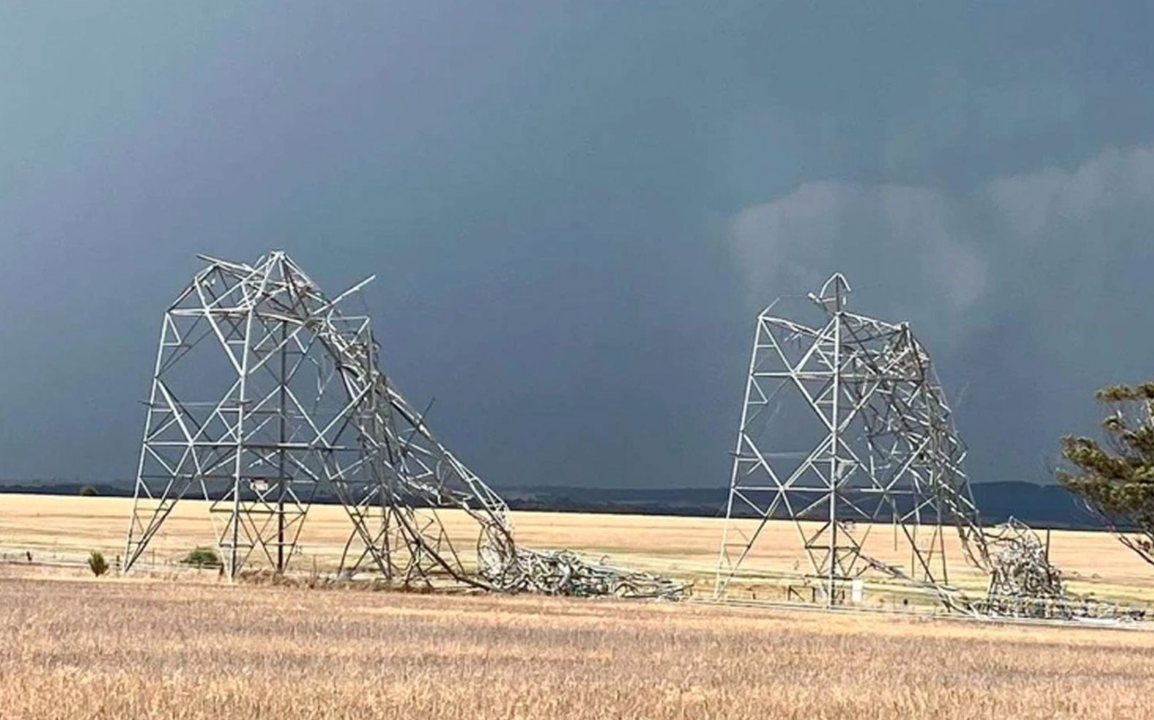Destructive storms struck Melbourne and the Victorian South Gippsland region in February 2024, causing significant damage.
The storms downed transmission towers, leading to the shutdown of a major coal-fired power plant and leaving over half a million customers without electricity. The impact of the shutdown put the remaining electricity infrastructure under extreme strain and pushed spot electricity prices to more than 100 times higher than typical contract rates.
GPT’s early weather warning system and electricity demand response programs, played a crucial role in proactively preparing our assets to mitigate damage, uphold safety measures, and support grid resilience by strategically reducing energy loads during the incident.
“The early warning system, implemented across GPT’s retail portfolio, is one of many physical risk adaptation responses used to reduce the vulnerability of our buildings and tenancies to more regular and severe weather events”, GPT’s Climate Risk Analyst, Craig McIntosh said. “It allows our operations teams to prepare and concentrate on known points of vulnerability to keep our customers and staff safe.”
GPT has also planned for risks of a less resilient grid and more volatility in energy prices as we transition to a low carbon economy, and deal with the physical impacts of increasingly severe weather events and a more distributed energy grid with a greater spread of solar and wind power.
GPT’s Energy Master Plan was initially developed in 2018 to deliver our carbon neutral targets in a manner that supported a resilient transition to a low carbon grid and engaged in partnerships to maximise outcomes.
The resilient transition pillar of the Master Plan aims to increase demand-side flexibility of our assets so that when there are constraints on the grid, we are able to reduce our loads which supports grid stability and reduces our exposure to higher energy prices.
“In partnership with Shell Energy Australia, we have implemented ‘LoadFlex’ where we reduce our electricity consumption for air-conditioning in response market conditions where supply can’t meet demand”, explained Marsha Costanzo, GPT’s National Manager of Sustainability Solutions and Energy. “During the storm event, seven of our Victorian assets with LoadFlex were able to respond and they shed a combined 1.9MW of electrical load which is enough to meet the basic power requirements for around 2,000 homes.”
In addition to supporting grid stabilisation, during the demand response event energy spot prices exceeded $16,000/MWh. This is more than a 100-fold increase on GPT’s contract prices. Although GPT doesn’t have any direct exposure to the spot market events as its electricity contracts are fully hedged, the demand-side flexibility program reduces the exposure of our loads and thus our energy retailer to these events. As such, GPT has negotiated lower risk factors in our hedged contract. Additionally, we share in the margins at which our released loads are traded into the market.
“Overall, GPT’s planning ahead, for severe weather and grid constraint events, results in maintaining comfort and improving safety for our customers, supporting grid resilience, reducing our electricity contract rates and a small income from trading the energy we release back to the grid.” - Scott Crellin, Director of Operations, The GPT Group.
Photo credit: Spryly Consulting, LinkedIn.
